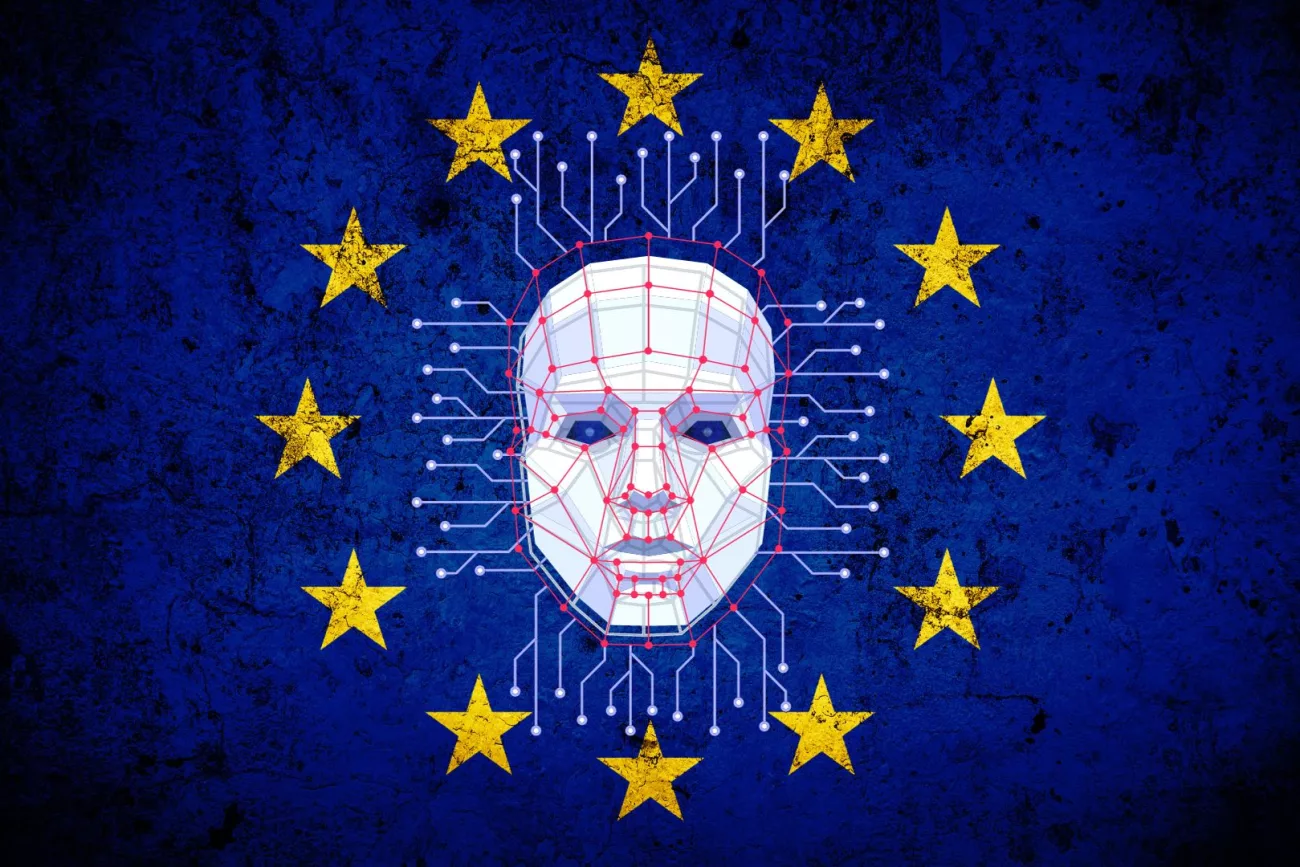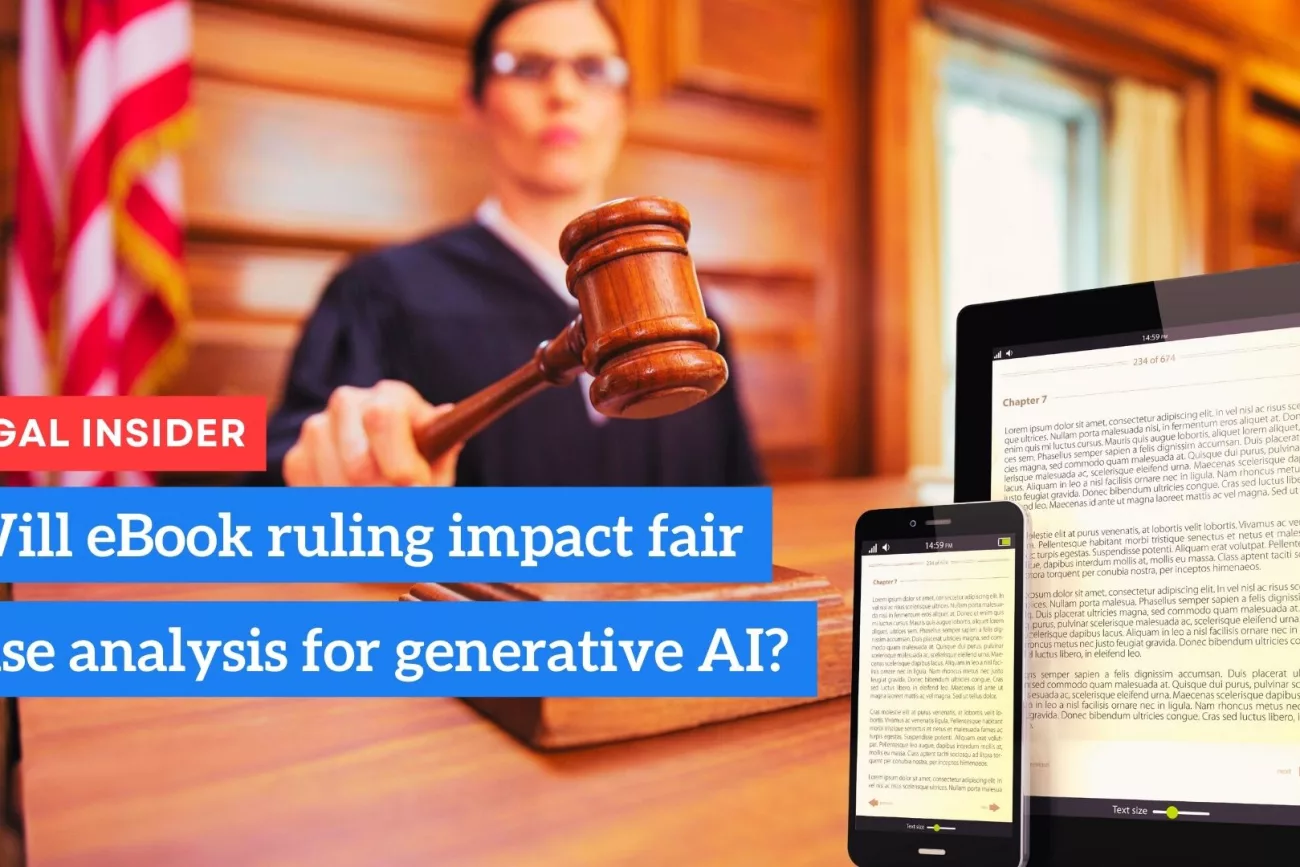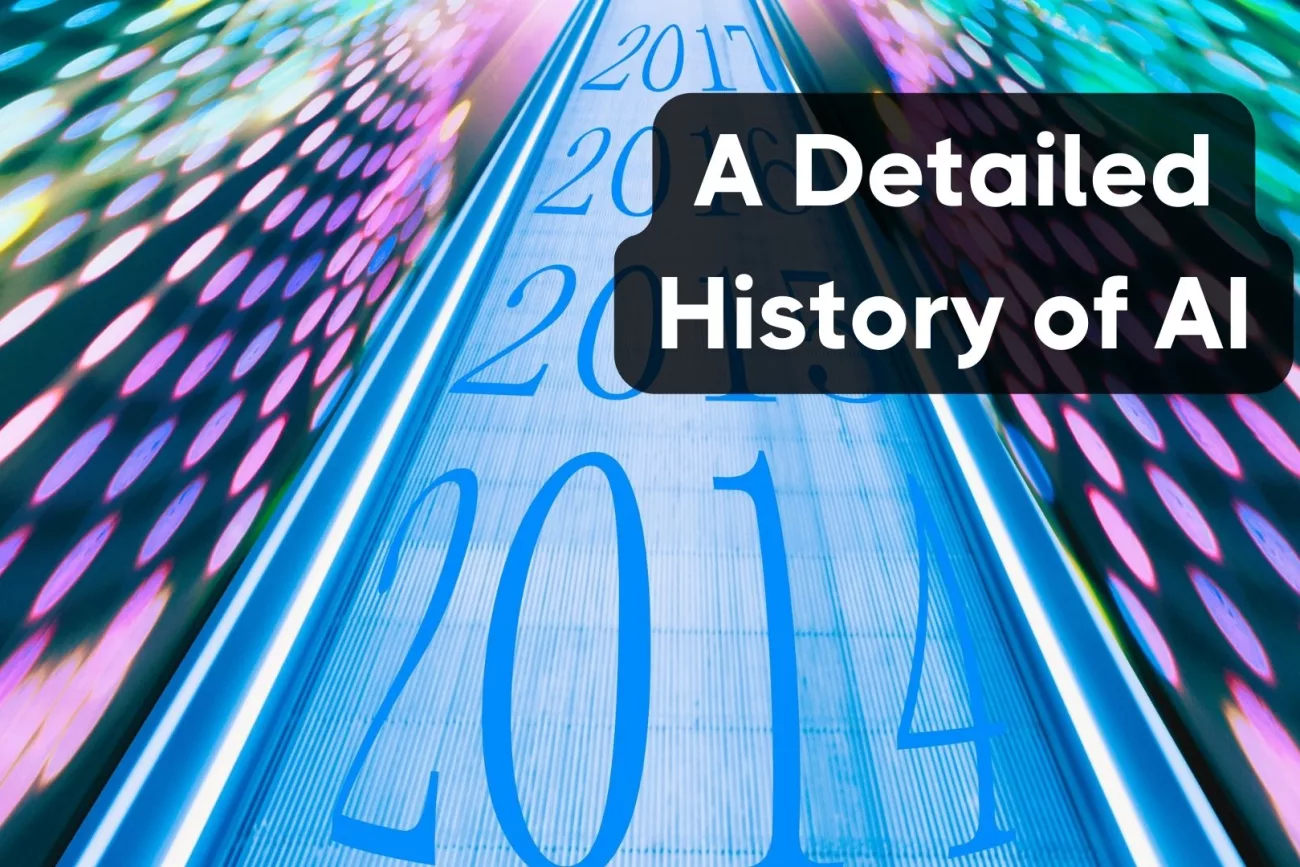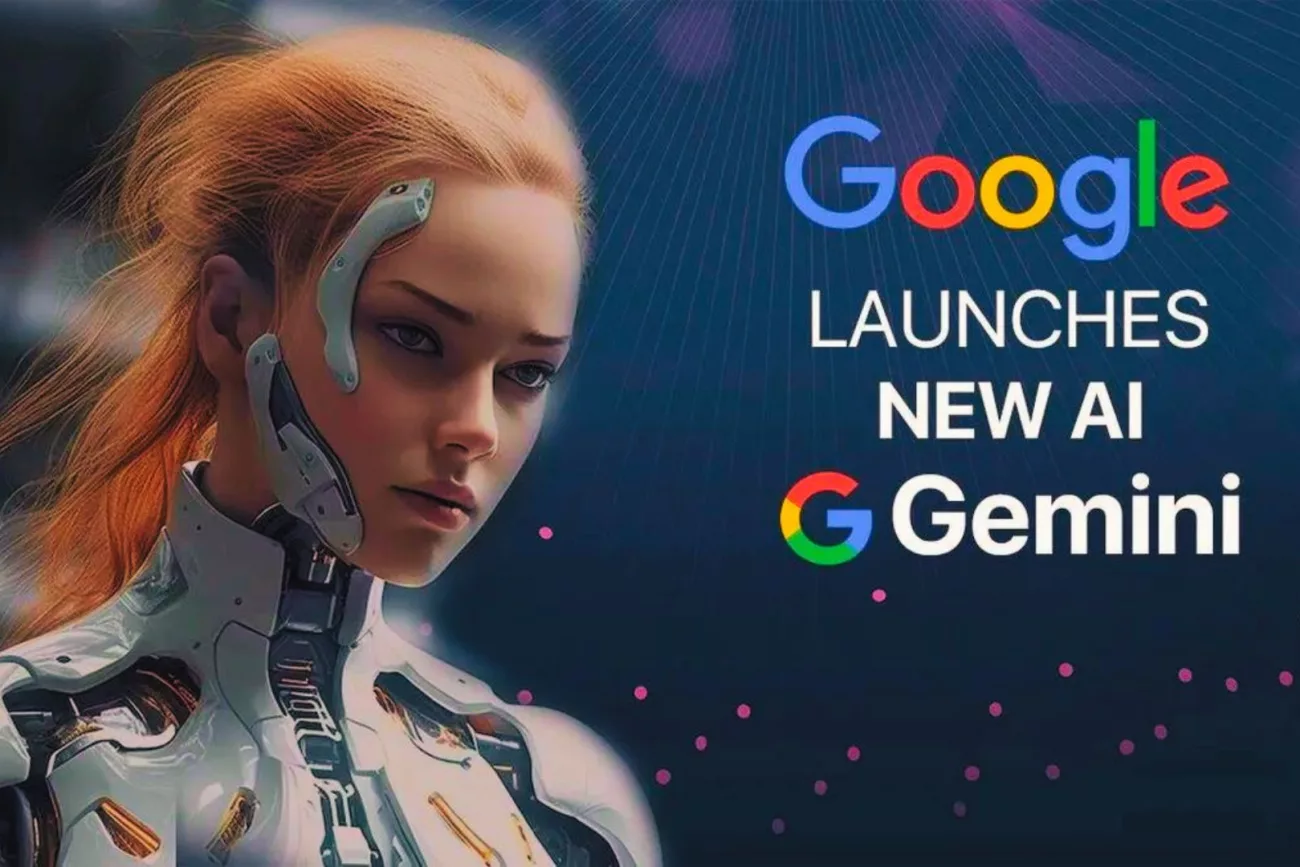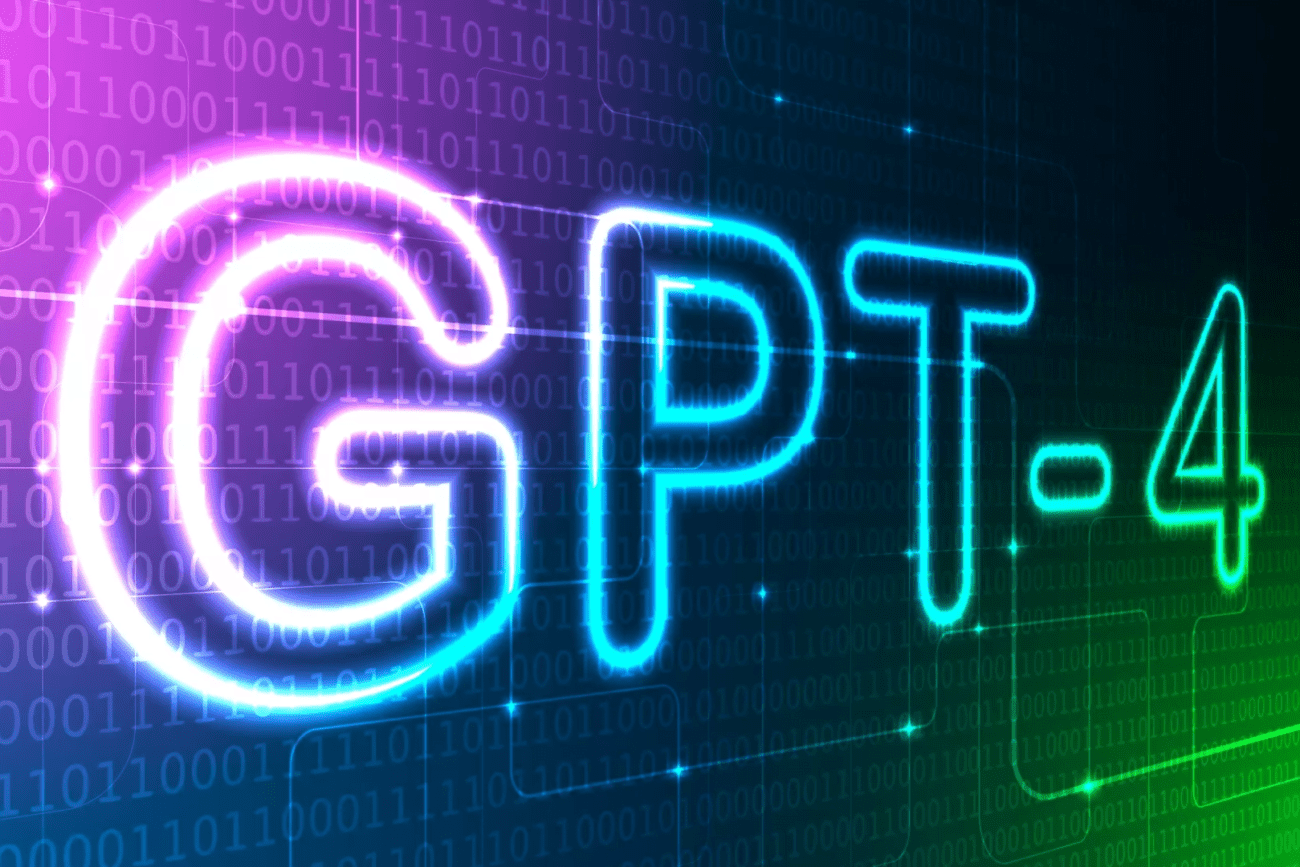
As technology continues to advance, businesses across industries are adopting artificial intelligence (AI) and natural language processing (NLP) to streamline their operations and improve efficiency. The legal industry is no exception. ChatGPT-4, a state-of-the-art language model developed by OpenAI, has emerged as a game-changer for law firms. In this article, we will explore how ChatGPT-4 can revolutionize the legal industry, its benefits, and its potential limitations.
What is ChatGPT-4?
ChatGPT-4 is a language model that uses NLP to generate human-like responses to text input. It is capable of understanding context, syntax, and grammar to produce responses that are highly accurate and coherent. ChatGPT-4 has been trained on a massive dataset of over 45 terabytes of text data and can perform a wide range of language-related tasks, including translation, summarization, and question-answering.
The long-awaited image-description tool advances AI power and ethical principles. On Tuesday, OpenAI published GPT-4, its latest language software. GPT-4, an advanced image-analysis and speech-impersonation tool, challenges the technical and ethical frontiers of a rapidly rising AI wave.
ChatGPT, OpenAI’s previous offering, impressed and frightened people with its gorgeous writing. Even though it used outdated technology, it sparked a surge of college essays, screenplays, and dialogues.
How does it work?
ChatGPT-4 uses a transformer-based architecture that enables it to understand context and generate coherent responses. It is trained on a massive dataset of text data and uses unsupervised learning to improve its language capabilities. ChatGPT-4 takes text input and generates a response based on the context and syntax of the input.
ChatGPT-4 for Law Firms
Enhancing Legal Research
One of the most significant ways ChatGPT-4 can benefit law firms is by enhancing legal research. ChatGPT-4 can analyze and interpret vast amounts of legal data and provide highly accurate and relevant insights. This can help lawyers to make more informed decisions and provide better advice to their clients.
Automating Legal Documentation
Another potential benefit of ChatGPT-4 for law firms is automating legal documentation. ChatGPT-4 can generate contracts, agreements, and other legal documents quickly and accurately. This can save lawyers time and reduce the risk of errors or omissions in legal documents.
Improving Customer Service
ChatGPT-4 can also be used to improve customer service in law firms. Chatbots powered by ChatGPT-4 can answer common questions, provide legal advice, and even schedule appointments. This can help law firms to provide better service to their clients and improve client satisfaction.
Analyzing Legal Precedents
ChatGPT-4 can also be used to analyze legal precedents. It can analyze and interpret previous legal cases and provide insights into how similar cases might be decided. This can help lawyers to build stronger cases and provide more effective representation to their clients.
In a Tuesday blog post, the technology’s creators predicted it may revolutionize work and life even more. These promises have also raised concerns about how people would compete for jobs outsourced to increasingly capable machines or trust what they see online.
GPT-4’s “multimodal” training in text and visuals would allow it to exit the chat box and better replicate a world of color and images, making it smarter than ChatGPT in “advanced reasoning capabilities,” according to San Francisco lab officials. GPT-4 would caption a photo uploaded by a user.
The corporation is delaying its image-description tool due to concerns about abuse. OpenAI customers can use ChatGPT Plus for text-only GPT-4.
In a Tuesday briefing, OpenAI policy researcher Sandhini Agarwal told The Washington Post that the business didn’t disclose the function yet because it wanted to learn more about dangers. She said the model could identify a huge number of people from a photo. Facial recognition may spy on a huge group in this way. OpenAI would “add measures” to prevent private people from being recognized, according to spokesman Niko Felix.
OpenAI stated in a blog post that GPT-4 repeats previous errors. It still “hallucinates” gibberish, reinforces social biases, and delivers incorrect counsel. It “doesn’t learn from its experiences” and doesn’t know about events beyond September 2021, when its training data was done, making it hard to teach.
Microsoft has invested billions in OpenAI to use its technology as a hidden weapon for its office software, search engine, and other internet aims. It has promoted the technology as a super-efficient partner that can do mindless tasks and free up creative time. It can allow one software engineer accomplish the work of a team or let a mom-and-pop shop build a quality advertising strategy without outside aid.
Supporters of AI claim such examples may merely scrape the surface of what this form of AI can do and that it might lead to unanticipated business models and creative endeavors.
Fast AI breakthroughs and ChatGPT’s popularity have created a multibillion-dollar arms race over AI domination and made software releases important events.
Companies are rushing to deploy an untested, unregulated, and unpredictable technology, according to some. This could deceive, injure artists, and harm people.
Because they generate nice phrases, not facts, AI language models typically deliver erroneous responses with certainty. They also act like people depending on color, gender, religion, and social class because they were trained through internet text and images.
Former OpenAI researcher Irene Solaiman, now policy director at Hugging Face, an open-source AI business, argued that advancement requires fast problem-solving.
“As society, we can basically agree on some awful things a model shouldn’t do,” she remarked. A model shouldn’t assist build a nuclear bomb or sexually abuse youngsters. “Many damages are hidden and largely affect underprivileged people,” she said. Performance cannot ignore these negative prejudices, especially in foreign languages.
OpenAI stated its latest model could handle over 25,000 words of text. This innovation could make extended chats and document searches easier.
OpenAI workers stated GPT-4 was more likely to offer facts and less likely to reject innocent queries. The “research preview” image-analysis tool lets a small group of testers take a picture of their kitchen food and ask for meal ideas.
GPT-4 developers will use APIs to connect software. Duolingo’s AI conversation partner and tool that explains erroneous answers were added using GPT-4.
On Tuesday, AI researchers blasted OpenAI’s secrecy. The corporation did not share their bias evaluations despite criticism from AI ethicists. Engineers also wanted more information regarding the model, data set, and training methods. “The competitive landscape and the safety consequences” prevented the corporation from disclosing these details in its technical report.
GPT-4 will compete with multi-sense AI. Alphabet, which owns Google, owns AI company DeepMind. DeepMind released Gato, a “generalist” model, last year. This month, Google debuted PaLM-E, a one-armed robot with AI vision and language skills. It could understand a request to obtain chips, wheel to a drawer, and pick the proper bag.
These systems inspire optimism about this technology’s future. Some see near-human intellect. Opponents and AI experts note that the algorithms simply regurgitate patterns and relationships from their training data. They don’t realize they’re wrong.
The algorithms are “pre-trained” by viewing trillions of internet words and images, including news stories, restaurant reviews, message board fights, memes, family photos, and works of art. Graphics processing chip supercomputer clusters map their statistical patterns. They understand which words usually come next in phrases so the AI can repeat those patterns and automatically construct vast tracts of text or detailed graphics one word or pixel at a time.
OpenAI began as a nonprofit in 2015 but has grown into one of the most formidable private AI startups. Language-model advancements enable high-profile AI technologies like ChatGPT, GitHub Copilot, and real-looking pictures (DALL-E 2).
Its views on the perils of democratizing AI tools have also evolved. In 2019, the business declined to release GPT-2 because it was so good they were afraid about “malicious applications” including automated spam avalanches and widespread impersonation and disinformation operations.
ChatGPT, which launched in November with a 2020 GPT-3 update, had over a million users within days.

Public tests of ChatGPT and the Bing chatbot showed how far technology is from doing everything properly without human input. Following several bizarre talks with oddly erroneous replies, Microsoft execs conceded that the system wasn’t reliable for proper answers, but they were working on “confidence metrics” to solve it.
“GPT-4 is better than anyone expected,” says AI advocate Robert Scoble.
OpenAI CEO Sam Altman has lowered GPT-4 expectations. In January, he said reports concerning its capabilities were unrealistic. At a StrictlyVC event, he called the GPT-4 rumor mill stupid. “Everyone will be disappointed.”
Altman also pitched OpenAI as science fiction. He wrote in a blog post last month that the business was trying to benefit “all of mankind” with “artificial general intelligence,” or AGI. Industry name for the still-fantastic prospect of an AI superintelligence that is usually smarter than humans.
Potential Limitations of ChatGPT-4
Biases in Training Data
One potential limitation of ChatGPT-4 is biases in the training data. The model is only as unbiased as the data it is trained on. If the training data is biased, the model’s responses may be biased as well. This can lead to unfair or inaccurate legal advice or decisions.
Limited Contextual Understanding
Another potential limitation of ChatGPT-4 is limited contextual understanding. While the model is highly accurate in generating responses based on the input it receives, it may lack a deeper understanding of the context in which the input is presented. This can lead to misunderstandings or inaccurate responses.
Conclusion
ChatGPT-4 is a powerful tool that has the potential to revolutionize the legal industry. Its capabilities for enhancing legal research, automating legal documentation, improving customer service, and analyzing legal precedents can greatly benefit law firms. However, it is important to recognize the potential limitations of the technology, such as biases in training data and limited contextual understanding. Law firms must use ChatGPT-4 in a responsible manner and take steps to mitigate any potential biases or inaccuracies in its responses.



